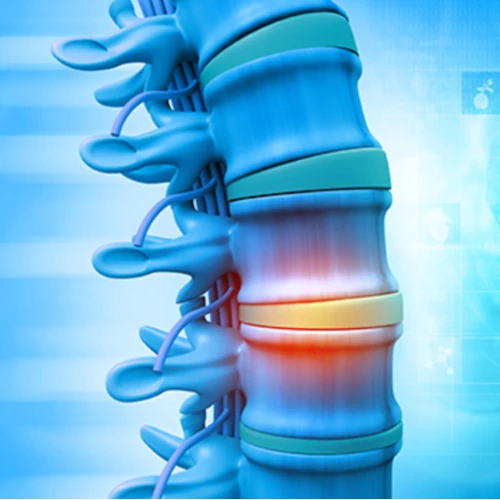Spinal cord stimulation can alleviate phantom limb pain in people with lower limb amputations and elicit sensation in missing feet, according to a recent interdisciplinary study from scientists at the University of Pittsburgh School of Medicine, Carnegie Mellon University, and the University of Chicago.
As reported in Nature Biomedical Engineering, when pressure sensors on the insole of a prosthetic foot trigger electrical pulses that are delivered to a participants’ spinal cord, this sensory feedback improves balance and gait stability while providing relief from phantom pain.
“We are using electrodes and stimulation devices that are already frequently used in the clinic and that physicians know how to implant,” said senior author Lee Fisher, an associate professor of physical medicine and rehabilitation at Pitt. “We are leveraging those technologies to produce meaningful improvement in function and reduction of pain. That’s exciting, and we’ve been building it for a while.”
Unlike systems that shut down pain neurons by overriding them with another sensory signal—similar to how rubbing your sore elbow helps relieve the pain—the prototype system leverages existing spinal cord stimulation technology to restore the severed connections between sensory neurons in the missing foot and the central nervous system.
To simulate normal sensations in response to varying pressure on a prosthetic foot during walking, researchers implanted a pair of thin electrode strands over the top of the spinal cord in the lower back. These were connected to a cell phone-sized stimulation device, which delivered electric pulses of varying amplitude and frequency. The electronic leads were implanted for one to three months and removed after the trial ended, in accordance with the study design.
Unlike previous investigations, this study gave researchers active control of spinal cord stimulation parameters, enabling them to control the intensity of stimulation in real time while subjects stood or walked on their prosthetic leg.
The experiment yielded clinically meaningful improvement in balance control and gait, even in the most challenging conditions, such as standing on a moving platform with eyes closed. Moreover, participants reported an average 70 percent reduction in phantom limb pain—a highly meaningful outcome given the lack of clinically available treatment options.
The pilot study showed that this technology can work in people with a variety of amputation causes, including those with extensive peripheral nerve damage due to chronic conditions such as diabetes, as well as people with traumatic amputations. It also doesn’t require custom-made electrodes or unusual surgical procedures, making it relatively easy to scale up on a national level.
“We are able to produce sensations as long as the spinal cord is intact,” said Fisher. “Our approach has the potential to become an important intervention for lower-limb amputation and, with proper support from industry partners, translated into the clinic in the next five years.”
